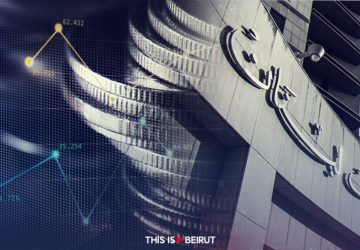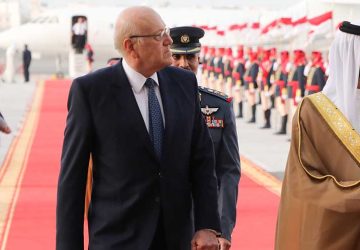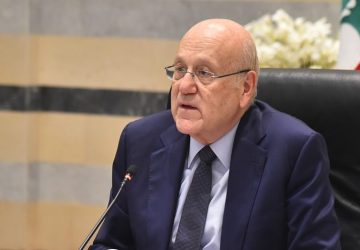Listen to the article
The statements of Caretaker Prime Minister Najib Mikati, made on the sidelines of the Davos forum, about the impeding recovery of bank deposits have keyed up the online community, triggered various interpretations, and stirred up confusion among the public.
Caretaker PM Najib Mikati announced from Davos that “a clear program detailing how deposits will be repaid to bank clients will be unveiled within a week.” He emphasized that “amounts below $100,000 will be fully and promptly refunded.” As for deposits exceeding this amount, they will be returned to the rightful owners, but “over a longer period.”
Interviewed by This is Beirut regarding Mikati’s statement, sources close to the government answered evasively and with minimal details, suggesting that they are not well-informed about the issue.
At the same time, officials at the Lebanese Central Bank (BDL) have merely emphasized that the institution provides data and figures about the banking sector whenever the government makes a specific request.
In all cases, moving forward with a comprehensive plan for the full recovery of bank deposits is challenging without a radical solution to the countless political and economic issues affecting the country. Failure to address these issues adequately will result in severe consequences, as the clear figures are detrimental to the interests of all parties involved.
New Circular
On Wednesday, BDL’s Central Council is expected to move towards issuing a circular that will enable bank clients, not covered by Circular 158, to withdraw one hundred and fifty dollars in cash from their Lebanese pound accounts.
As a reminder, Circular 158 allows bank clients with eligible bank deposits — those with foreign currency accounts frozen before October 30, 2019 — to withdraw either 400 or 300 dollars per month, depending on their subscription date.
The beneficiaries of the new system can withdraw one hundred and fifty dollars in cash once a month from a single bank account, even if they hold multiple accounts in different banks.
Indeed, the sum of 150 dollars is relatively small. However, it is not subject to the potential impacts of any haircut. On the other hand, uncertainty surrounds the adopted exchange rate in case the client wishes to withdraw an amount exceeding 150 dollars. Will it be based on the Sayrafa rate (89,500 Lebanese pounds per dollar), the current official rate of 15,000 per dollar, or the rate set forth in the 2024 budget?
In Practice
The account holder in Lebanese pounds, following the existing circulars, has been able to withdraw, so far, 1,600 Lebanese pounds per month at an exchange rate of 15,000 Lebanese pounds per dollar, resulting in 24,000,000 Lebanese pounds after an 80% haircut. With the newly implemented guidelines, they will now have the option to get 150 dollars or 13,200,000 LBP (the exchange rate at BDL-approved exchange offices being 88,000 LBP per dollar).
Undoubtedly, the scenario could take a positive turn if the government actively fosters growth and revitalizes the banking sector.
The long-awaited implementation of a Marshall Plan for Lebanon’s revival has yet to materialize. As is widely known, the complex political and security situations, both locally and regionally, pose challenges to finding a solution to Lebanon’s prolonged multidimensional crisis. However, it’s crucial to grasp that time is not in favor of Lebanon and the Lebanese people. The rate of imported inflation keeps on rising, amidst a steadily increasing influx of Syrian migrants, which has become a heavy burden on the Lebanese economy.





